Summary
How do you evaluate designers fairly and effectively while providing a clear path toward career advancement? This is a question our organization has grappled with throughout our eight years as a company. Design can often be left up to gut reasoning by leadership and designers may not have a clear understanding of what their role means and how they may grow as designers. We’ve developed iterations of different tools and processes over the years to address these concerns and to evolve with our shifting needs as a growing company. All of which has led us to a robust tool that we’ve been using over the past two years which can serve as a model for how organizations can deploy qualitative career advancement. The session will cover our journey to this point and showcase the tools and processes we’ve deployed to make evaluation and career advancement systematic within a design organization along with surprising benefits and lessons we’ve learned along the way.
Key Insights
-
•
Grant Studio’s career path system evaluates designers in craft, quality, client, and team categories to drive well-rounded growth.
-
•
Continuous anonymous feedback after projects keeps evaluation timely and focused on individual goals.
-
•
Performance evaluations happen twice yearly and aggregate feedback from multiple project leads.
-
•
A Google Sheets tool was chosen over commercial software for flexibility and control over the evaluation structure.
-
•
Weighting of evaluation categories varies by role level; craft and quality dominate for designers, client and team for leads.
-
•
Career managers mentor designers and advocate for them in staffing and promotions.
-
•
The system promotes generalists who can work holistically across projects rather than specialists.
-
•
Grant Studio removed the 'studio development' category after realizing designers deprioritized extracurricular activities due to workload.
-
•
There is a recognized challenge in evaluating non-linear career moves and leadership roles within the current linear career path.
-
•
Transparency and collective involvement in the evaluation system foster buy-in and make difficult career conversations fairer.
Notable Quotes
"Evaluations and promotions can be nebulous and awkward, especially in collaborative design work."
"We built a career path to make evaluations as fair and consistent as possible across roles."
"Continuous feedback is anonymous and focused on teammates’ goals to help keep focus on what matters most."
"Our evaluation tool is a Google Sheet so we can quickly make adjustments without being bogged down by unnecessary features."
"The system encourages growth not just in craft but also in client engagement and team collaboration."
"We want to build consultants who can solve problems across a variety of projects and clients."
"Career managers develop close relationships with designers and advocate for staffing and promotions on their behalf."
"We’ve had to retire the studio development category because it wasn’t prioritized due to project work demands."
"The career path shows when someone is ready for promotion, but additional training may be needed to support leadership transitions."
"Transparency is one of our key values, so everyone in the studio was involved in building and maintaining the evaluation system."
Or choose a question:


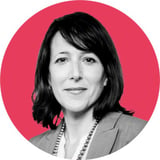

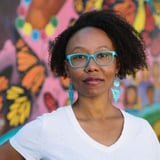
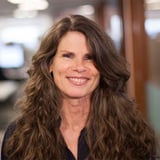

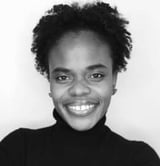
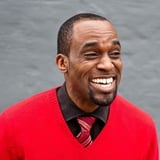




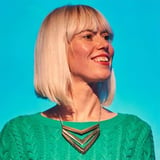


More Videos

"No assistive technology user uses default settings; we spend years customizing everything to work for us."
Sam ProulxSUS: A System Unusable for Twenty Percent of the Population
December 9, 2021

"Hiring specs for federal designers don’t exist as we expect—jobs are often classified as public affairs or other unrelated titles."
Michael LandEstablishing Design Operations in Government
February 18, 2021

"VOC wasn’t a replacement for user research, but an enhancer that captured nuggets researchers might miss during discovery."
Shipra KayanHow we Built a VoC (Voice of the Customer) Practice at Upwork from the Ground Up
September 30, 2021

"Why don’t we do what we do for users but apply it to our own careers? Absolutely nutty, right? So we did."
Ian SwinsonDesigning and Driving UX Careers
June 8, 2016

"We went from a team of 80 to 170 overnight, and that was a wide open cheeks flushed moment for me."
Isaac HeyveldExpand DesignOps Leadership as a Chief of Staff
September 8, 2022

"Starting with one line of business and showing success creates a trickle effect for broader organizational adoption."
Amy EvansHow to Create Change
September 25, 2024

"Design ops is undergoing a transformation into a CX focused team with a refined mission to drive efficiency and customer experience excellence."
Kate Koch Prateek KalliFlex Your Super Powers: When a Design Ops Team Scales to Power CX
September 30, 2021

"You lie to yourself more than anyone else; the lie is that you are completely rational and objective."
Dave GrayLiminal Thinking: Sense-making for systems in large organizations
May 14, 2015

"You have to push against 200,000 years of human evolution to get researchers to create reusable knowledge."
Matt DuignanAtomizing Research: Trend or Trap
March 30, 2020
















